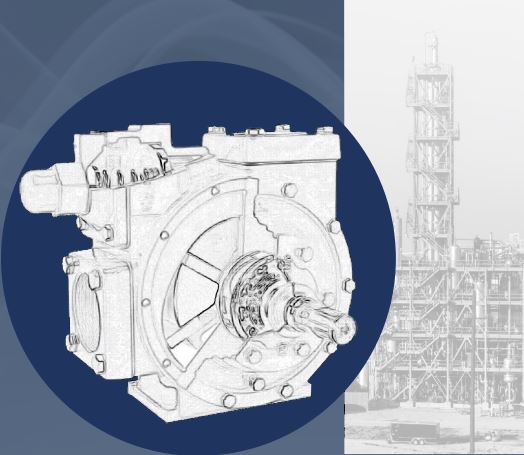What is “Dry Run” and what makes it an important factor for pumping systems?
A Review of Pump Dry Run Phenomena with a gaze at viable solutions for its Detection and Minimization for Industrial liquid pumping applications
The primary funct1on of a pump is to transfer liquid and pumps most often rely on the pumping fluid itself to lubricate the pumping elements, so letting the pump starve of liquid is non-desirable as it leads to destructive results and eventually pump failure if the pumping element seizes or breaks on account of: Friction between contact pumping parts (low to non-existent lubrication) causing excess heat generation. The life of a pump subjected to dry run will be significantly reduced or, in the worst case, brought to an untimely end. Even during pre-failure, pumps performs badly with poor performance which results in lost sales and adds to replacement costs for damaged equipment. Hence, design of the pump along should be in synergy with pumping system for providing optimum conditions for pump operat1on as per process requirement.
Typical Causes for Pump Dry Run
The most common cause of dry running is usually human error. In most cases, we rely on site operators to monitor pumps, but problems occur in cases where operators unintentionally leave pumps running over a period of time after the pumping operation is complete. For example, say a Road Tanker unloading operation. Once it is complete, the user may leave the pump running unattended, unaware that the pump is still running which will cause dry run condition But as we all know, the above is not only reason for Dry Run. Despite all precautions and efforts, unwanted events may still happen on account of system dependency — Improper System Design like flaws in Piping such as smaller line sizes than required, too many bends or restrictions, run and height of pump length relative to pump design, etc.) or other unpredictable events.
An “Insight” on Methods for Preventing Pump Dry Run
While instructing and training operators with time-to-time maintenance schedules to manage the pump system is always a site SOP, in most cases, due to site conditions / environmental factors, pumps cannot always be continuously monitored by personnel. Hence, there are many known techniques that can be implemented for Dry Run Protection. The apt selection is based on the application where the pump is used. Some as below:
- Liquid Level Detection: Monitoring the liquid level in the Pump Feed Source via any sensor (switches / transmitters) and connecting the Low level Cut off to the pump driver automaton for alarm and trip.
- Pressure Drop Indication: Monitoring the Feed Pressure in the in the Pump Feed Source and in Suction line / manifold near the pump and connecting the Low Pressure Cut off to the pump driver automation for alarm and trip.
- Amperage Drop / Under Load Detection: Monitoring the current consumption / operating load which is related to pump torque to determine the operating band under which the pump should be running and connecting the Cut off to the pump driver automation for alarm and trip.
- Use of Conductivity Probes: Liquids have higher specific conductance (conductivity) than air / gas. Thus, conductivity probes coupled with an alarm and tripping sensor can be used at pump suction for monitoring dry run.
- Temperature Rise Detection: During dry runs, on account of increased friction, pump parts tend to run hot which can be sensed by temperature sensors at suitable location on pump (like on discharge side, internal relied valve vicinity, any provision on the casing, etc.)
CORKEN Pumping versus DRY RUN Protection
- CORKEN’s pump portfolio consists of Positive Displacement Vane pumps and Regeneraflve Turbine Pumps with major holds in the petrochemical market for transfer of Refined Fuels and for Thin boiling Liquids (Gases which are stored as liquid under vapor pressure) from low to moderate capacities.
- For the above fluids especially with thin petrochemical fluids like LPG, Ammonia, etc. pumping becomes more critical and challenging as these fluids are constantly a mixture of liquid with entrained vapor – thus selection of materials to be donewhich can withstand these properties and that is where CORKEN provides its expertise for this market which too a certain extent provides protection against Cavitation and Dry Run.
- But, as we have seen earlier, Dry Run is widespread phenomena over the entire pumping industry for all fluid applications which encompasses CORKEN pumping as well.
- So, at CORKEN, in addition to its unique pump design of handling Gases which are stored as liquid under vapor pressure, in required cases, we are open for providing soluñons as required by our customers for ensuring additional protect1on for pumps
